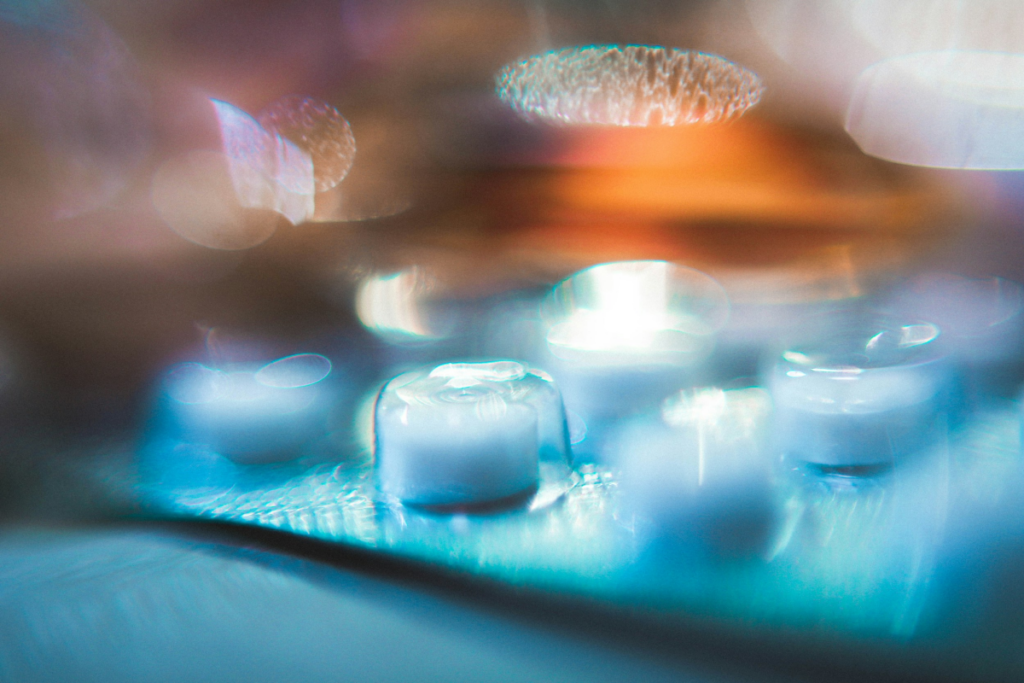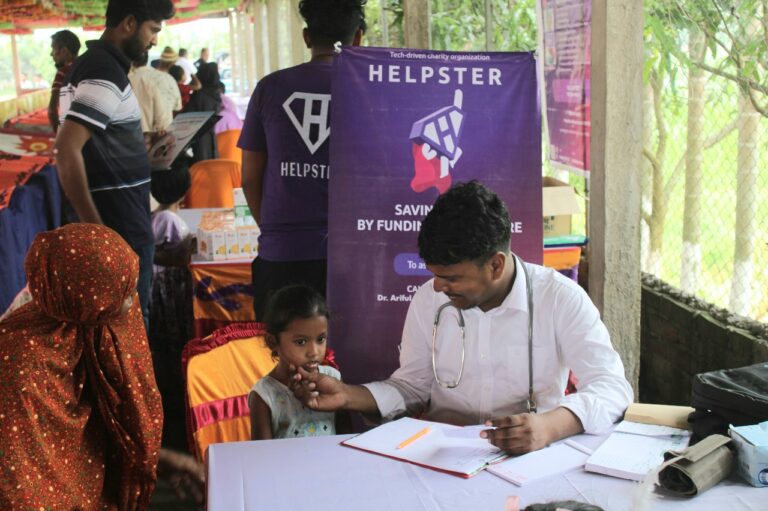
Today, innovation in healthcare is helping to support people through almost any ailment or illness. One standout area is pharmaceuticals; from relieving everyday aches and pains to transforming and prolonging lives, medications are a critical part of the healthcare system. In fact, the World Health Organisation has identified 460 essential pharmaceuticals to help enable health equity around the world.
Pharmaceuticals are broken down into two distinct categories. The first consists of small-molecule drugs with relatively simple chemical structures; these make up common medications like aspirin and antihistamines. The second consists of large-molecule biologics, which are formed from living cells and include proteins and carbohydrates; they are used to treat serious conditions like cancer, arthritis, and diabetes. Yet, they’re notoriously difficult to manufacture.
With organisations like GSK working to create the next generation of pharmaceuticals, how exactly can they overcome the number of challenges associated with developing biologics, and better support global health?
The challenges of drug development
Pharmaceutical development is, on the whole, a lengthy, complex, and costly process. That being said, small-molecule drugs are more predictable than their large-molecule counterparts, making their production process better understood. Biologics, on the other hand, are far more sensitive to physical conditions, and are far more challenging to develop.
One key challenge manufacturers face is the establishing of cell lines to produce a specific protein. To break it down: scientists transfer a gene with a protein into a cell, and then perform single cell cloning to produce multiple cell lines with the protein. The best performing cell line is selected to be the production line, and is cultured in enough numbers to create a master cell bank to produce genetically identical cells. Once hundreds of millions of cells have been copied, they are portioned into vials and deep frozen to halt cell growth.
To create a new production of cells, a vial is thawed so that the cells can continue to multiply, before being refrozen; this is known as creating a working cell bank. Understandably, stability, quality, and longevity of these cells must be guaranteed throughout the process, to ensure the resulting drug is safe for human use. If the cell line does not create the appropriate quality in a stable and reproducible manner, the whole manufacturing process is at risk.
How simulation can help scale production
Aside from establishing cell lines, pharmaceutical development companies are responsible for scaling up bioreactors to a commercial manufacturing level. But scaling biologics is an unpredictable task due to the difference in bioreactor sizes, as well the cells’ sensitivity to any changes more broadly. Predictive modelling can be leveraged here, but it’s almost impossible to account for every single parameter. Moreover, scaling up these models can be time consuming, costly, and extremely complex – particularly when data needs to be transferred from specific software to the predictive model.
This is where engineering simulation comes in, namely, computational fluid dynamics (CFD). By leveraging CFD, teams can model hydrodynamic profiles within bioreactors across different conditions to assess how small scale data will apply on a larger level. Then, these CFD models can be used to predict selected outputs at each scale, and act as virtual sensors to provide inputs. Take oxygen concentration as an example, which is one of the key factors for cell growth. By deploying simulation software, teams can use this as a variable to see how cells will behave in the scaling up process, and help to understand what the overall environment will be like.
Having visibility into a range of variables, and predicted outputs, will ensure that the overall pharmaceutical development process is optimised and the risk of errors is mitigated. As such, engineering simulation can help slash development times and decrease overall time to market – which can be crucial to supporting public health, and saving lives. Moreover, the technology can help support more cost-effective innovation; by catching potential issues before they occur, organisations don’t risk the stability, quality, and longevity of cells, which can be otherwise expensive to replace.
From the initial creation of cells to the scaling process, developing biologics is no easy feat for organisations. The unique set of challenges that teams face means that next-generation solutions are a non-negotiable to ensure a safe end product fit for human use. But by leveraging simulation technologies, companies can innovate at any level, maintain quality, and ensure the safe and effective development of highly sensitive pharmaceuticals.

Thierry Marchal
Thierry Marchal is Program Director, Healthcare Solutions at Ansys, where he applies engineering simulation to improve patient safety, reduce time to market, and accelerate innovation in medical devices and pharmaceuticals.



